Lately, I have been translating a lot of German. I have a number of tools that I use when trying to understand tricky passages or unfamiliar vocabulary. You might think that discovering the meaning of a German word used within biblical studies would be as easy as searching an online German-English dictionary. And in many instances you’d be right. For instance, http://www.linguee.com is an indispensable tool that I regularly use. But, it doesn’t have close to everything.
That’s when I look for help elsewhere. And my Logos library, which includes a good number of German and English resources, is a big help. Searching my entire library for the word I’m struggling to define often produces results in the footnote of an English commentary that proceeds to talk about that term. If the definition isn’t outright given within the discussion, the context helps to make things clearer.
Other times, however, the search will produce a result in the Theologisches Wörterbuch zum Alten Testament, better known in the English-speaking world as the Theological Dictionary of the Old Testament. Having these volumes in both English and German means I have a massive work that functions much like a diglot.
Let me give you an example. Today I was translating the following passage:
Nach seiner Interpretation der Grabungsbefunde ist die Anlage von Qumran insgesamt das Zentrum einer hochgradig organisierten religiösen ‚Sekte‘, der Essener, deren Mitglieder nicht nur dort, sondern auch verstreut in der Umgebung lebten und in der Anlage zu gemeinschaftlichen Begängnissen zusammenkamen, in den Werkstätten in Qumran oder der Landwirtschaft in ῾Ein Feshkha arbeiteten und schließlich auf den sehr großen Friedhöfen begraben wurden.
-J. Frey, Qumran und die Archäologie, 3
I couldn’t find the word “Begängnissen” in my German-English dictionary, my Langenscheidt’s DaF dictionary, on https://dict.tu-chemnitz.de, and the definition of “celebrations” from linguee.de didn’t quite seem right. So, I searched for it in my Logos library. Sure enough, THWAT (TDOT) produced two results:
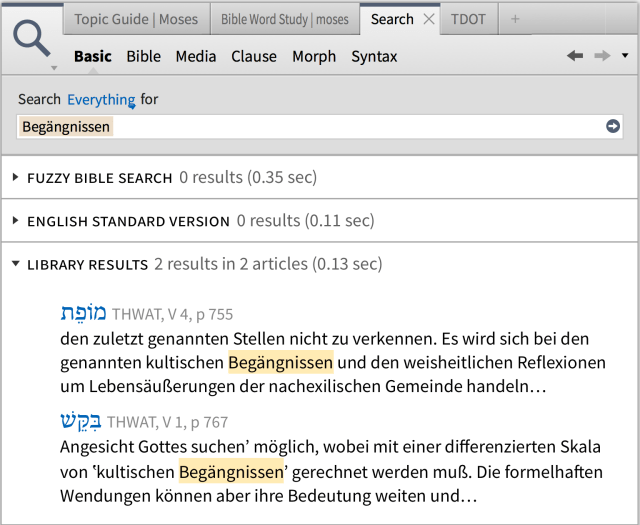
Clicking on the word opened the resource to the right page. Then opening TDOT from my library took me to the correct article.

All I needed to do from here was navigate to the proper section in TDOT to discover that the translator uses the word “procedures” for Begängnissen.
Repeating this process for the second result, I found that the phrase “kultischen Begängnissen” was translated as “cultic rites,” an expression that correlates nicely to the “cultic” or “sectarian” environment addressed in the passage I’m translating.
While neither of the uses of the word in these results dictates that it will be the same usage/nuance in my passage, it gives me a much better idea of the word’s meaning and allows me to make a better decision about how to translate it.


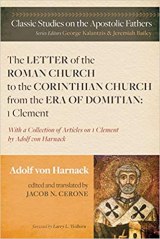
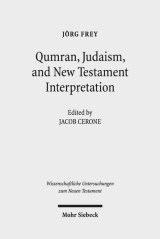
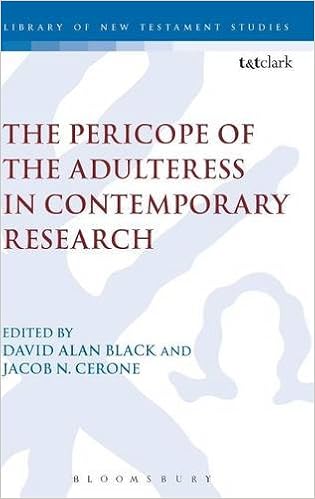

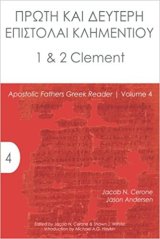
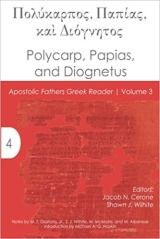
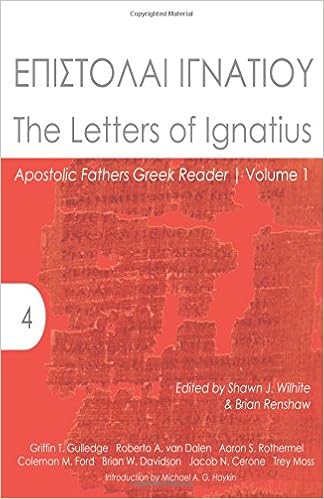
Reblogged this on Talmidimblogging.
Cool! Very helpful. One more reason you can make a case for Logos being an indispensable part of any Bible student’s library (in the meanwhile, please don’t tell Dr. Köstenberger that I still sometimes use google translate with German sources . . .)
I won’t tell if you won’t. Though my German is coming along much faster than before, I’m not above using Google Translate.